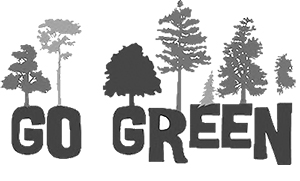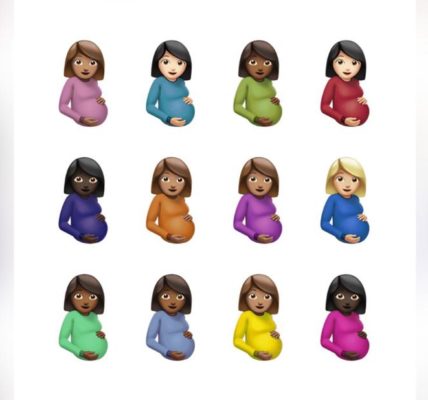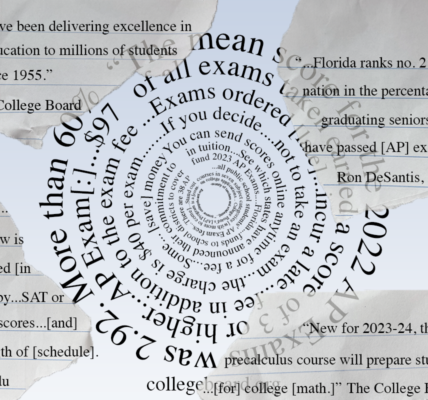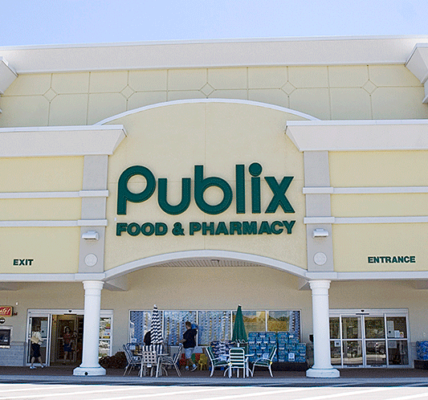As the end of the decade approaches, many take a look back not at all the good we’ve done, but at the harm we’ve caused and how the case of our environment’s health has only gotten worse. We have been struggling to reduce air, sea, and land pollution as the amount of the United States land pollution increased by 19 million tons in just three years, failing to meet hopes of reducing pollution and carbon emissions into our atmosphere. But there’s still hope for a better future. In 2010, 191 nations agreed to set a goal to set aside 15 percent of Earth’s land and 10 percent of its territorial water as sites of “protected biodiversity” by 2020, and as of right now, they are about 350,000 square kilometers, or 0.3 percent, away from attaining that goal.
The protected lands have had a massive impact on helping to preserve species and their habitats, especially of endangered and threatened species like the polar bear. Livable polar bear habitats have been on the decline as global warming and human activities, such as oil drilling, have resulted in the melting of polar ice caps. So, to help preserve their rare locality, over 180,000 square miles of “critical land” has been labeled “protected” on and around Alaskan coasts to help protect what remains of their natural habitat.
To further help the cause of saving our planet, countless companies, agencies, and conservative groups have formed in hopes of raising global awareness for the negative effects of human activities. For example, the National Ocean and Atmospheric Administration (NOAA) and the Coral Reef Alliance are two organizations who share a mission to protect Earth’s coral reefs from threats like bleaching, pollution, and invasive species. NOAA takes a more scientific approach to protect the planet’s reefs through extensive monitoring and research program like coral mapping and on-the-ground/ in-water restoration activities. Whereas, the nonprofit Coral Reef Alliance works directly with coastal communities that sit near massive coral islands to collaboratively help reduce any issues that may threaten the ecosystems. Companies like 4ocean, who vows to pull one pound of trash from the ocean for every product purchased, and Sand Cloud Towels, whose promise is to donate 10% of their total profits to help save marine life. To help stop or at least slow deforestation, charities such as TreeSisters and the Eden Reforestation Project have planted over 250,000,000 trees in Madagascar, Brazil, Nepal, Amazonia, and many other threatened rainforests.
Now let us not forget the advancements we have made towards lowering greenhouse gas emissions, such as the electric car and companies that are switching to “green energy,” as well as new ways to lessen plastic waste we create through innovative reusable items. Although the planet still has a long way to go before we may rest easy knowing the future of our home is safe, let’s start now; here’s to green-er resolutions in the new year and a green planet.





